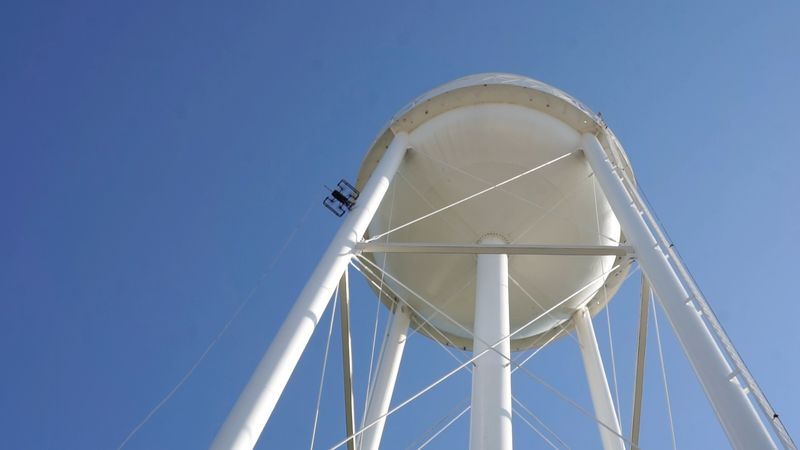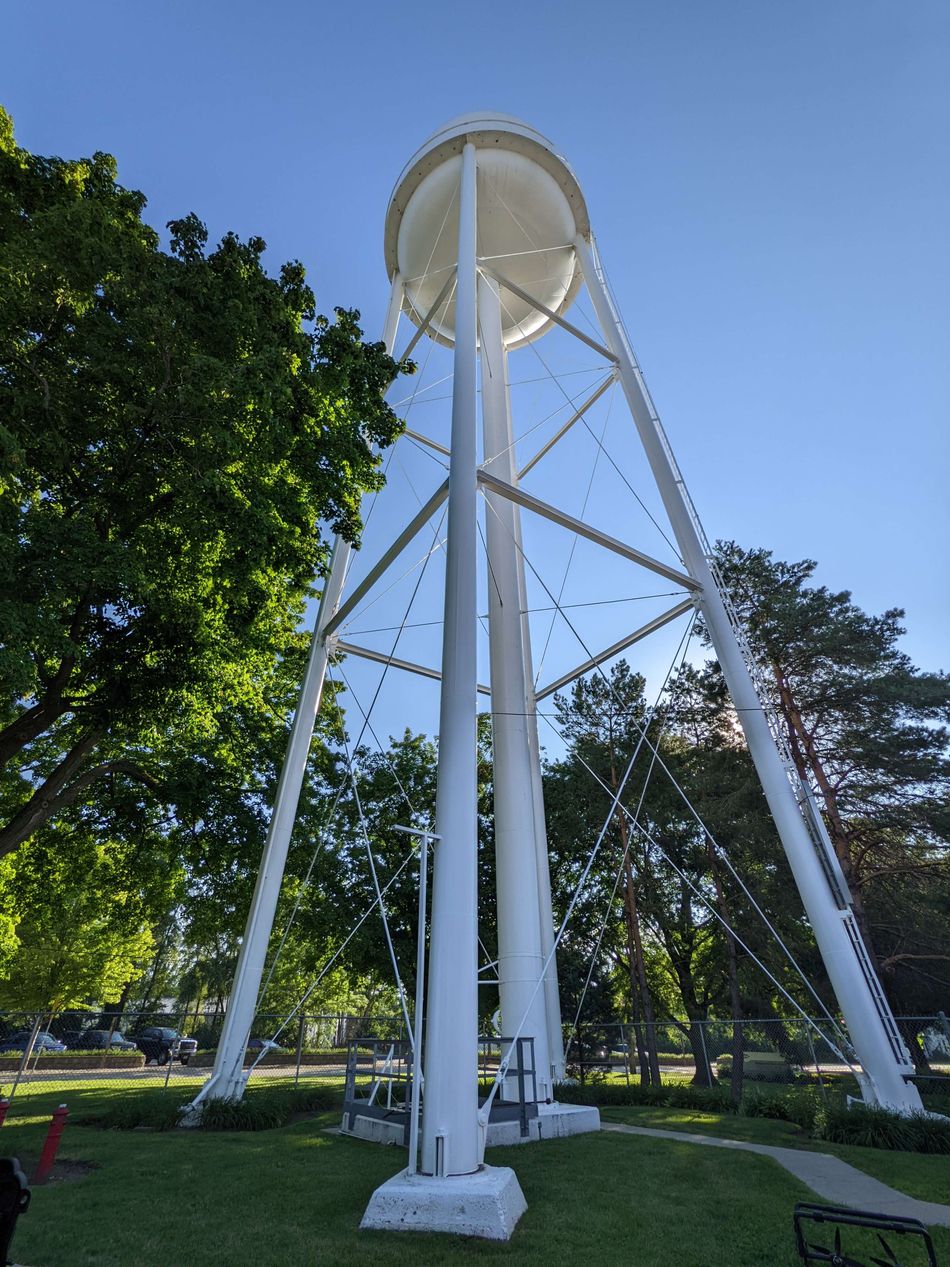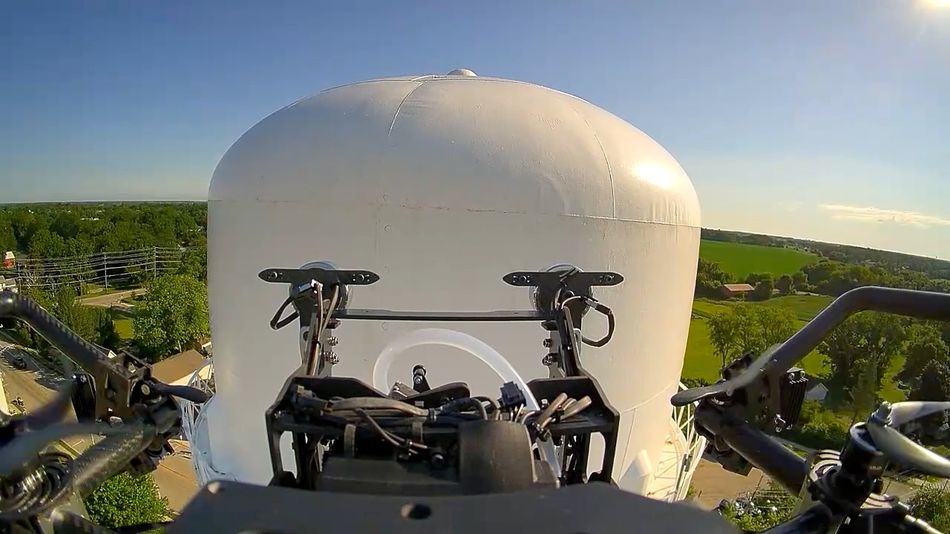Non-Destructive Testing (NDT) Inspection of Water Tanks Using Intelligent Flying Robots
Using an intelligent flying robot for NDT inspections of water tanks helps to access hard-to-reach areas

Water Tank inspection with SKYRON
Non-destructive testing (NDT) of water tanks is a challenging task, as conventional inspection methods, such as rope access or scaffolding, can be time-consuming, expensive, and risky. Water tanks are often large and complex structures with curved and angled surfaces, making it difficult for inspectors to access many areas. Additionally, conventional methods can be obstructive, causing disturbances and limited mobility, making it harder to get a complete view of the tank's condition. To overcome these challenges, intelligent flying robots offer a more efficient, cost-effective, and safer alternative for water tank inspections.
Using an intelligent flying robot for NDT inspections of water tanks helps to access hard-to-reach areas, providing an unobstructed view of the entire structure for inspectors, significantly reducing the cost and risks associated with conventional inspection methods. Although challenges exist, careful planning and operation can overcome obstacles to ensure that the inspection process is successful, allowing for faster detection of potential damage or corrosion using advanced sensors and providing real-time data for analysis.
The unique shape of the water tank poses a challenge for the inspection by blocking the line of sight. However, SKYRON overcomes this challenge with its HD camera system that provides a near-zero latency HD video feed to operators, enabling operations beyond line of sight. The First Person View (FPV) camera ensures a clear view of what's ahead of SKYRON for precise and efficient inspections. Additionally, SKYRON's strong wind handling capabilities aid in overcoming the challenge of high winds during flight, ensuring successful inspections. During this inspection, winds reached 30 km/h, yet SKYRON's advanced technology facilitated a successful two-man operation, accurately inspecting the tank shell and legs while improving safety and time management.
The intelligent flying not only overcame one obstacle but also tackled another challenge by adjusting its Rotary Arm to match the different angles and complex geometry of the water tank during the inspection. Specifically, the Rotary Arm can be attached to flat, angled, or vertical surfaces by rotating its orientation to mimic the contour of the attachment point. After being attached to the surface, the intelligent flying robot applies couplant to ensure unobstructed measurements. It then uses an integrated gauge to perform ultrasonic thickness (UT) measurements. The robot captures the data and transfers it through the Smart Tether System, which automatically generates a report containing thickness data and an overview of the inspection, including A scans. The results demonstrate the robot's high efficiency and accuracy, with 50 UT readings taken in only 20 minutes of flight time.
Implementing this advanced technology of flying robots in inspecting water tanks represents an efficient and cost-effective solution for the unique challenges presented by the size and geometry of these assets. The success of this inspection highlights the potential for this technology to be utilized in inspecting other assets, leading to a safer and more efficient inspection process.

